Many people wonder if Invisalign can address their specific dental concerns. The good news is that Invisalign can fix a wide range of common orthodontic problems. Whether you’re dealing with crooked teeth, gaps, or bite issues, Invisalign offers a flexible solution that adapts to your needs.
Invisalign isn’t just another orthodontic treatment; it’s a high-tech system designed to straighten teeth using a series of clear, custom-made aligners that offer a modern, comfortable, and nearly invisible way to achieve a better smile.
Let’s dive into what makes Invisalign stand out and how it works.
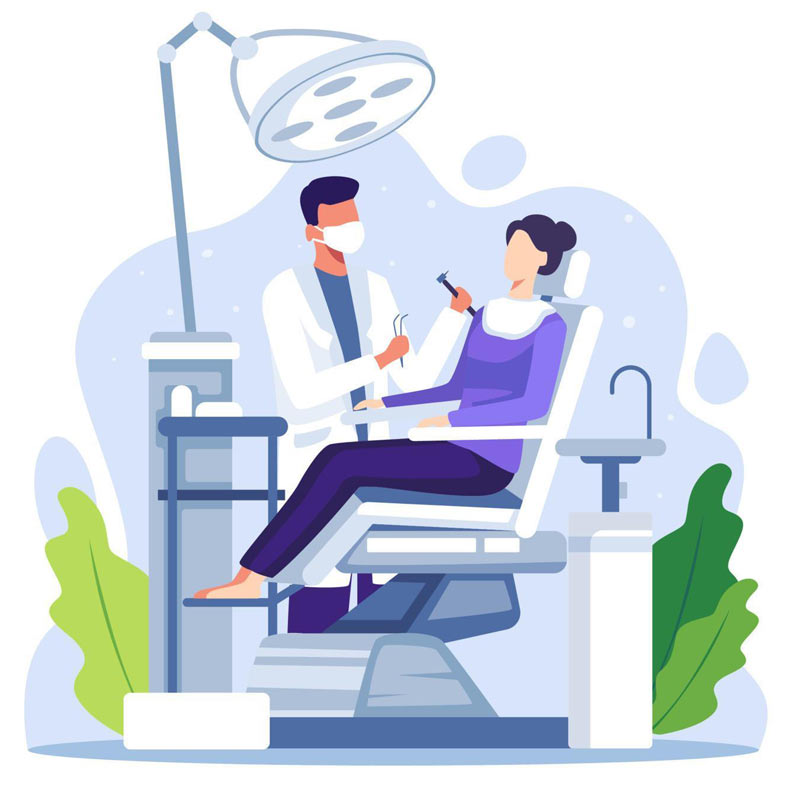
What Is Invisalign?
Invisalign is a modern orthodontic treatment that uses clear, custom-made aligners to gradually move your teeth into the desired position. This treatment has become popular among both teens and adults who want a less noticeable alternative to braces. Using advanced 3D imaging technology, your dentist designs a series of aligners tailored specifically to your smile.
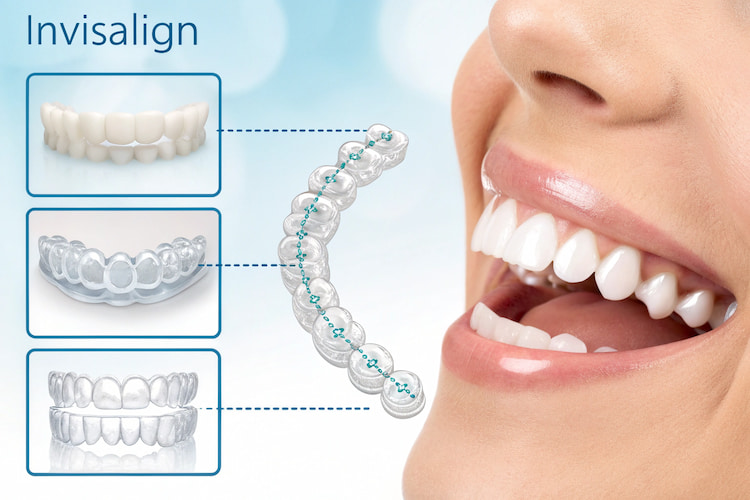
What Dental Issues Can Invisalign Fix?
It’s effective for correcting crooked or crowded teeth, gaps between teeth, and mild to moderate bite issues such as overbite, underbite, crossbite, and open bite. However, it’s important to know that Invisalign works best for mild to moderate cases. Severe misalignments or complex bite problems may require other orthodontic treatments.
How Invisalign Works
Your dentist will use digital scans to create a 3D model of your teeth and map out the movements needed to improve your smile. This model helps design your custom aligners, which you’ll wear in a series to guide your teeth into place.
Custom Aligner Creation
Each Invisalign aligner is custom-made using clear, BPA-free plastic designed to fit your teeth perfectly. These aligners apply gentle pressure to specific teeth, encouraging them to shift little by little. You will receive several sets of aligners, each one designed to continue moving your teeth closer to the final goal.
Treatment Process
You’ll typically wear each aligner for about one to two weeks, removing them only to eat, drink, brush, and floss. Over time, your teeth will gradually move as planned. Regular check-ins with your dentist help track your progress and make any necessary adjustments to your treatment plan.
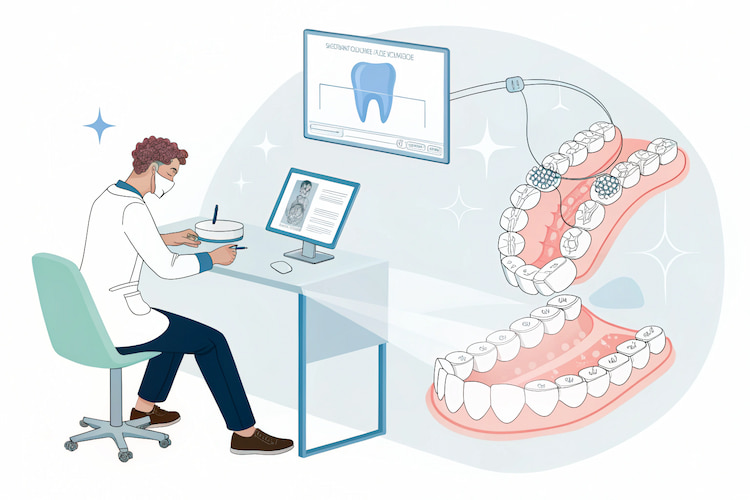
Technology Behind Invisalign
Invisalign relies on advanced 3D imaging and computer simulations to plan and visualize your treatment from start to finish. This technology allows both you and your dentist to see the predicted results before treatment begins, making the process more predictable and transparent. The aligners themselves are made with smooth, comfortable materials that reduce irritation compared to traditional braces.
Benefits of Choosing Invisalign
Invisalign offers a range of benefits that make it a preferred choice for many people seeking orthodontic treatment. Beyond just straightening teeth, it fits more naturally into your lifestyle.
Discreet Appearance
One of Invisalign’s biggest advantages is how discreet it is. The clear plastic aligners are virtually invisible when worn, allowing you to correct your teeth without feeling self-conscious about your appearance.
Comfort and Convenience
Unlike metal braces, Invisalign aligners are smooth and don’t have wires or brackets that can poke or irritate your mouth. Because you can remove them, you don’t have to avoid certain foods or change your brushing habits significantly.
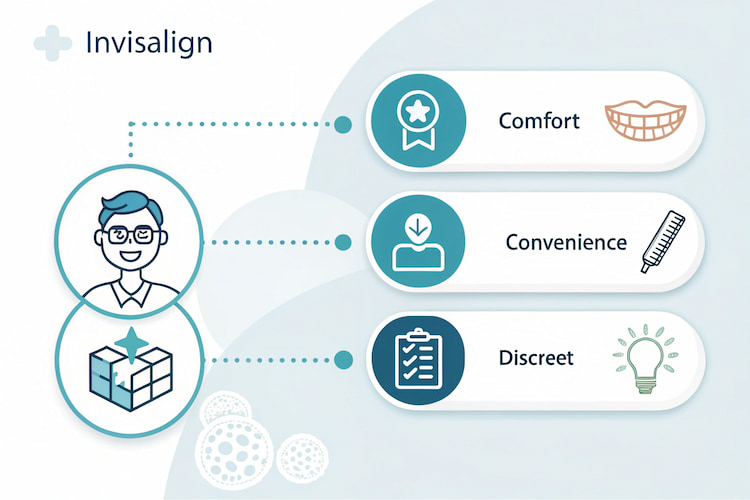
Improved Oral Hygiene
Maintaining good oral hygiene is easier with Invisalign because you remove the aligners to brush and floss. This helps reduce the risk of plaque buildup, cavities, and gum disease during treatment.
Customized Treatment Plans
Each Invisalign treatment plan is personalized to your dental needs and smile goals. This tailored approach helps ensure the best possible results in the shortest amount of time.
Limitations of Invisalign
While Invisalign offers many advantages, it’s important to understand its limitations:
Not Suitable for Severe Cases
Invisalign is best suited for mild to moderate orthodontic issues. Severe bite problems, large gaps, or significant tooth rotation may require traditional braces or other treatments.
Compliance Requirements
Since Invisalign aligners are removable, their success depends on your commitment to wearing them for 20 to 22 hours daily. Failure to do so can delay treatment or affect results.
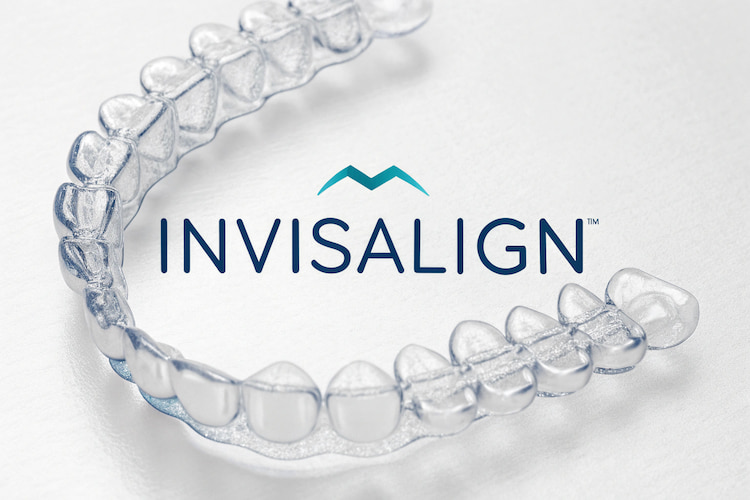
Who Is a Good Candidate for Invisalign?
Invisalign can work well for many people, but not everyone is an ideal candidate. Your dentist will evaluate several factors to determine if Invisalign is right for you.
Eligibility Factors
Good candidates typically have mild to moderate dental issues and healthy gums and teeth. They also need to be disciplined about wearing and caring for their aligners.
When Braces Are Recommended Instead
If your case involves severe crowding, bite issues, or you’re unlikely to comply with wearing removable aligners consistently, your dentist might recommend traditional braces for more effective treatment.
Ready to Transform Your Smile?
If you’re considering Invisalign and want expert guidance, My Dentist Langley offers personalized consultations and care to help you achieve your best smile.
Cost Comparison: Invisalign vs. Traditional Braces
Invisalign generally costs more than traditional braces, but many patients find the extra expense worthwhile due to its discreet appearance and convenience. Costs vary depending on your location, treatment complexity, and provider. Some dental insurance plans cover part of the cost, and many offices offer financing options to help make Invisalign more affordable.
| Treatment Type | Approximate Cost in 2025 | Notes |
|---|---|---|
| Invisalign | $4,000 – $7,500 | Costs vary by case complexity and location. Check with your dental provider. |
| Traditional Braces | $3,000 – $6,000 | Metal braces tend to be less expensive but more visible. Costs vary; check with your clinic. |
Note: These costs are approximate and can vary based on your treatment plan, location, and dental provider. Always consult directly with your orthodontist or clinic for accurate pricing.
Sum Up
Invisalign offers a modern, comfortable way to improve your smile by fixing many common dental problems. While it may not be suitable for every case, it provides an excellent alternative for those seeking a discreet and convenient orthodontic solution. If you have mild to moderate issues and are willing to commit to wearing your aligners consistently, Invisalign could be the right choice among dental cosmetic treatments to help you achieve the smile you want.
FAQs
-
Can Invisalign fix crowded teeth?
Yes, Invisalign can effectively treat mild to moderate crowding by gradually moving teeth into better alignment.
-
How long does Invisalign treatment take?
Treatment time varies but typically ranges from 6 to 18 months, depending on the complexity of your case.
-
Is Invisalign suitable for all ages?
Invisalign is suitable for teens and adults but may not be recommended for very young children whose teeth and jaws are still developing.
-
How does Invisalign compare to braces?
Invisalign is more discreet and comfortable but requires strict compliance, while braces are fixed appliances suitable for more severe cases.
Share Your Thoughts
Have questions or experiences with Invisalign? Leave a comment below, we’d love to hear from you!




